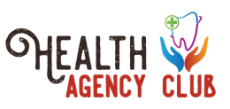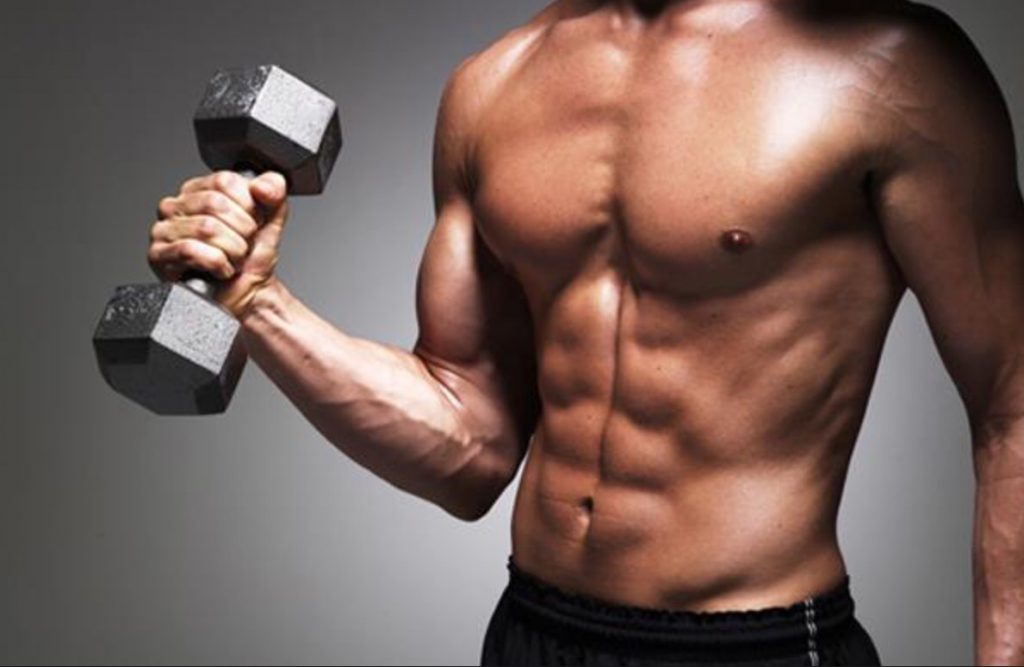Since CrossFit was founded in 2000, it has continued to grow popular as a great workout program. Nowadays, a lot of CrossFit gyms can already be found across the globe, especially in its state of origin, California, United States.
Picking a Pleasanton CrossFit Gym
For those residing in Pleasanton, California, choosing a Pleasanton CrossFit gym has become quite harder with the large number of gym options that usually vary from one another. Popularly referred to as “the box” or a quite huge open space that facilitates free human movements, CrossFit gyms are usually located in basements, retail storefronts, industrial parks, or other open lots. It may look the same as any typical workout gym but a box usually has a different, more intense mood or environment. To make sure you are enrolling in the right one, there are important factors to take into consideration:
- Right Ceiling Height
A box is a better box if it exceeds the standard for ceiling heights. CrossFit WODs or workouts of the day are better performed if ceilings are 12 ft. high or more.
- Availability of Rigs and Other Equipment
Although most CrossFit WODs can be performed without any equipment at all, the best CrossFit experiences are usually made with it.
A good box should have pull-up rigs which usually serve as squat racks. Moreover, your eyes should be able to see a variety of kettlebells, barbells, medicine balls, weights, dumbbells, and boxes as they wander around the room. Pleasanton CrossFitcontinues to be a trend because of the well-equipped Pleasanton CrossFit gyms that lure fitness enthusiasts to join the CrossFit population.
Boxes need not have excessive equipment or rigs. However, more often than not, high end ones have complete facilities including a set of luxury equipment (these types of equipment are totally not a regular WOD requirement but they help tweak each movement and overall provide a better fitness result. As these equipment which include atlas stones, climbing ropes, glute and hamstring developers or GHDs, gymnastic rings, large tires, monkey bars, parallel bars, a peg board, push and pull sleds and slosh pipeshave hefty price tags, they are oftentimes not seen in a conventional gym albeit how they are truly purposeful in molding elite fitness.
- The Pleasanton CrossFit Box Community
A CrossFit box’s community is one of the toughest things to adapt in most beginnings of CrossFit trainers’ journeys. The community is usually what distinguishes one box from the other. Although location is an important consideration, it should not limit people from finding their right box.
If the first CrossFit box you visited seems to have an environment you are uncomfortable of, do not surrender your CrossFit goals right away; there are still other boxes ready to welcome you with open arms. As your CrossFit community is meant to help push you to the limit when it seems so hard to reach your goal, choosing the wrong one can ruin your CrossFit journey.
- Availability of a Foundational On-Ramp Program
When choosing a Pleasanton CrossFit box, it is vital to consider the structural integrity of their CrossFit training. What the coaching staff build their programs upon and how they begin reaching their clients’ goals will help you gauge if the box is truly worth enrolling in.
A good CrossFit box should also offer private sessions or beginner classes that interested enrollees have to be willing to attend to. These classes help enhance the trainees’ technical skills and knowledge to go on safely towards reaching their targets.
What does a proper Pleasanton CrossFit on-ramp program comprise of?
- Solid Mobility Warmups
One of the essentials in any CrossFit boxes is joint mobility. As CrossFit involves high intensity movements that are to be carried out continuously, the risk to injury is present and the lifting movements can threaten a trainee’s safety. Nonetheless, this can be minimized if the trainee knows too well about his full potential and that can be achieved if he is aware of how his body works.
A proper mobility warmup wakes the body up by putting the central nervous system online, lubricates the joints with the help of synovial fluid, and mimics movements of WODs or workout of the day through bodyweight exercises.
- Joint Preparation Practice
In Pleasanton CrossFit, the more prepared the joints are, the more injuries are prevented. Hence, after the mobility routine, a good box program should also allot enough time for joints preparation for the intense and loaded work that will be demanded of the body during the actual CrossFit workout.
A good joint preparation is designed to put a trainee into different positions, both disadvantageous and one that will require external resistance and bodyweight use incrementally and slowly. For instance, a trainee that complains of shoulder pain and his inability to extend his arms over his head should be allowed to kip.
Beginners whose joints were less stretched would usually need to go through progressions of joint mobility and preparation routines in their daily warmup to put them closer to kipping’s goal.
- Post Workout Training Regimens
All CrossFit interested people are actually required to undergo post workout training regiments. CrossFit routines do not end when workout of the day ends. Rather, there are post-workout routines that are needed to be done for a proper cooldown. Neglecting this part might lead to body breakdown.
CrossFitters who want to last until the end of their calendar goals are advised to not miss any post-workout regime which should also comprise of a warm down, muscle tacking, joint distractions, and some stretching work.
- Progressive Development From Simple to Complex Movements
CrossFit movements like overhead pressing, pull ups, jumping, and squatting among others usually require progressions which should be in place in an on-ramp program to make sure these can be performed even by inactive members. These basic exercises that address potential body weaknesses include front, back, and overhead squatting, Olympic lifting basics, gymnastic movements, push ups, pull ups, ring dips, basic kettlebell techniques like snatches, swings, and presses, and rowing and running movements that focus on the arms and legs.




